Hello! It has been more than a month since I shared something here. Although there has not been much, I’d like to share my experiences of the trip I went on last month. It was one of those trips that I’d remember for a very long time.
Since our first trek in the Sayadri ranges in January 2016, I and my friends had this big wish to go on a Himalayan trek. Finally, in October last year, we decided that Bramhatal would be it. (Not embedding maps because it was too much effort. Also, heavy images ahead. May take some time to load. Patience!)
There were a few reasons for this. Firstly, it was an easy trek. The only real challenge was a bit of high altitude sickness, but it was marginal. Secondly, it was the same group that we went to Sandhan Valley with, so there was this trust factor. Thirdly, it was scheduled for January, hence there was no chance it would coincide with our term tests.
We started preparing for the trek from November, regularly running 5kms to increase our stamina. We also booked our train tickets, to and fro. Then the long wait began. It was my first trip out with friends and I was really excited. We literally spoke about it every single day in college, all 4 of us. We were scheduled to depart on 21st January to Delhi. The last week was the most difficult. I couldn’t sleep at night, for the thoughts of what was about to come kept me awake. I’m sure Ankit, Manasi and Jyotirmay felt the same. Last two days were reserved for shopping and packing. Not much though, since we were not going to bath for the next 10 days anyway!
Saturday 21st – The journey to Lohajung
Finally the day came, it was a Saturday. I took my 13kg backpack and left for Thane where all four of us met. We had to leave for Delhi that day. So we left for Hazrat Nizamuddin from Mumbai Central. The journey was a bit hectic, for our seats were separate and the train was crowded with unreserved passengers. But the views outside the train made up for that. Really enjoyed the transition from a comfortable 27 degree Celsius in Mumbai to a chillish 15 something in Delhi. We got down by 7 in the evening, and then by the Metro, we headed for the ISBT bus station, from where we were to board a bus for Kathgodam, Uttarakand. Had some Palak Paneer at the bus stand and boarded the bus. The bus journey was comfortable enough, but the cold wasn’t. By the time we reached Kathgodam at 6 in the morning, the temperature had already dropped below 10. The coldest I had ever experienced. I was shivering like I never did before. Talking was not possible because my facial muscles had just refused to coordinate.
Just 20 meters away from where the bus stopped, we met other guys from our trek. There was a jeep awaiting us, which would take us from Kathgodam to Lohajung (our base village), a little town in the Chamoli district of Uttarakhand, a ten hour drive through the ghats, terrifying and nauseating. Trust me when I say this, it was a very beautiful town. Look just about anywhere and you’d have a wallpaper like scenery, old houses, beautiful people and snow covered peaks in the background. And it was cold. I believe it was 6-7 degrees when we reached there. Walking barefoot on the floor wasn’t possible. The water would numb your hands if you dared to touch it, so washing face was out of question right away. We were welcomed with hot Pakodas and tea. The food there was surprisingly good. Great Dal, Rotis and Sabzi. Rice and a sweet dish at the end. So our trek leader briefed us about the next day. We had to start early in the morning to reach the Bekatal lake by afternoon. We were introduced to the kitchen staff who would carry all the heavy equipments on Donkeys (Kachhars) and make us good food throughout the trek. Also, we had a local guide, Ranjeet dada, who, in spite of being a Redhat Linux certified professional, preferred to be around the mountains rather than Linux boxes. A really cool guy who loved to talk and tell stories. He runs his own ISP in the Van village of Chamoli, and had quite a lot of knowledge about networking and *nix in general. We packed our stuff, and went to bed early.
Tuesday 24th – Trek to Bekatal
We started at 8 am, after having a good breakfast. It was through the town, walking on mud roads to the top. It was not difficult, but exhausting. We continued to walk for some 6 hours that day, taking short breaks every 5-10 minutes, occasionally taking long breaks. We had to ascend some 1000-1500 feet on that day, on a trail of some 5kms. We reached the camp by 2 and were given Rhododendron juice. It was too good, and addictive too. Drank some three glasses of it before I had to stop myself from refilling the fourth time. Then it was lunch and we rested in our tents for a while then. In the evening, we went to explore the Bekatal frozen lake nearby. Seeing a frozen lake is a magical experience. It was just like the one Bear Grylls features on his show ‘Man vs Wild’. It was awesome!
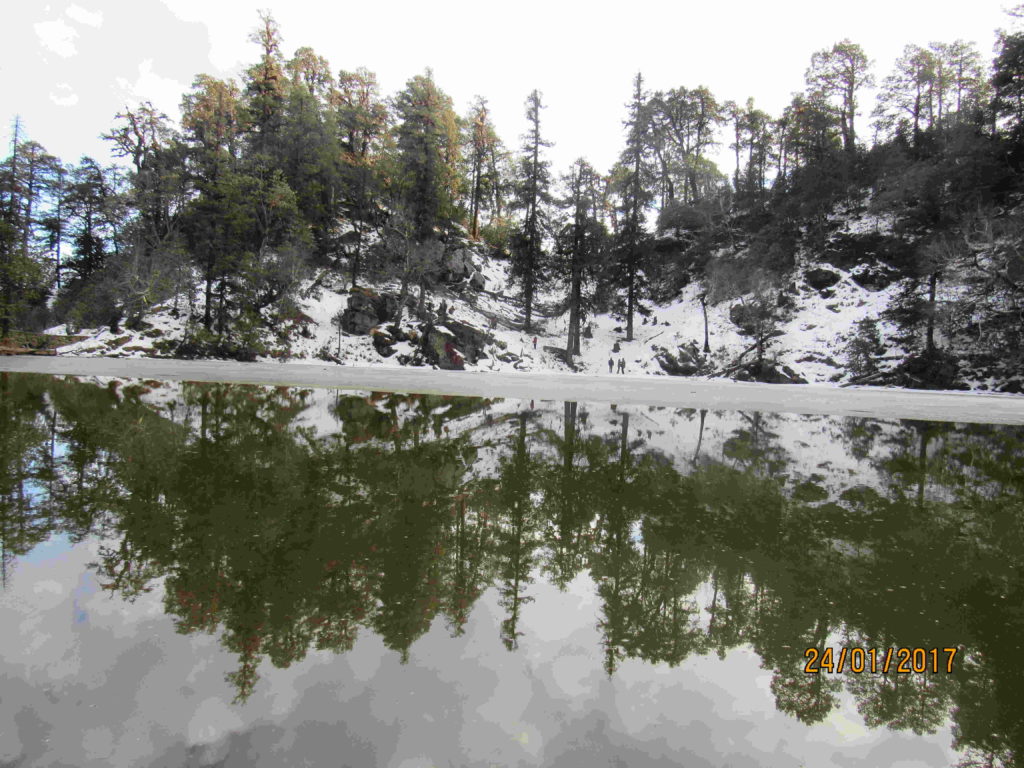
At night, we lit up a bonfire for some heat and had fun around it, all of us. We were served dinner around it (which we insisted since we didn’t want to go away from fire). The food was great and guess what, they made us dessert at 9,500 feet. It was fruit custard, and it was delicious. We chit chatted around the fire after dinner and at around 10, we were served ‘hot drinks’. No, it wasn’t alcohol, but Bournvita. It was delicious.
Wednesday 25th – Trek to Bramhatal
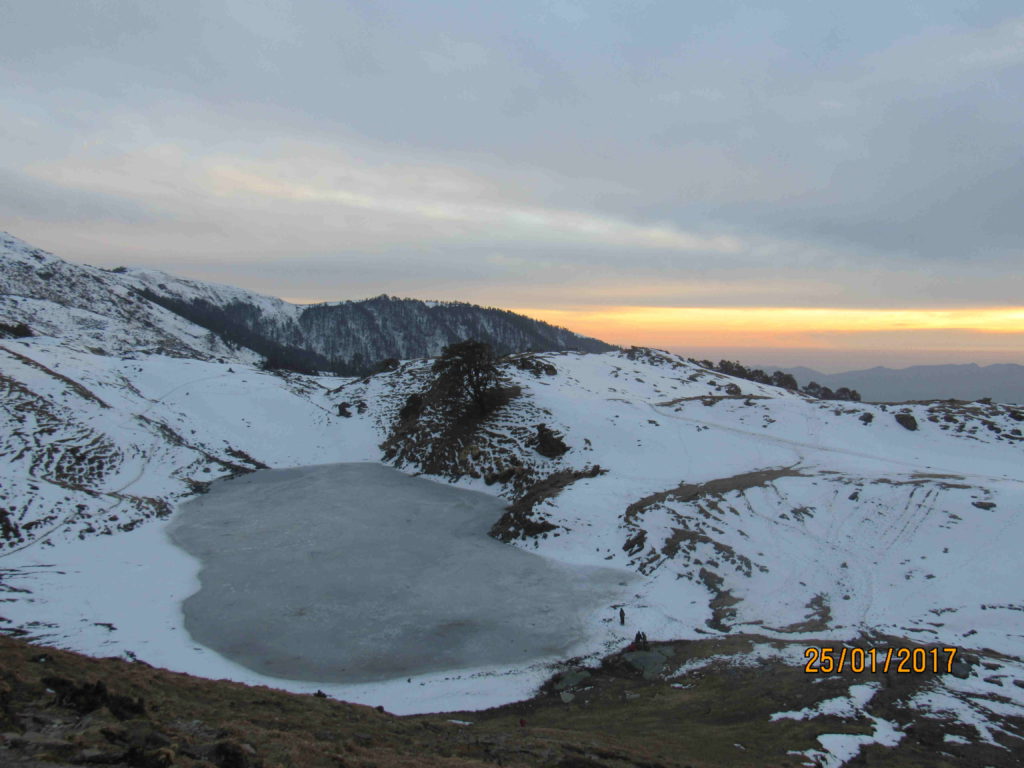
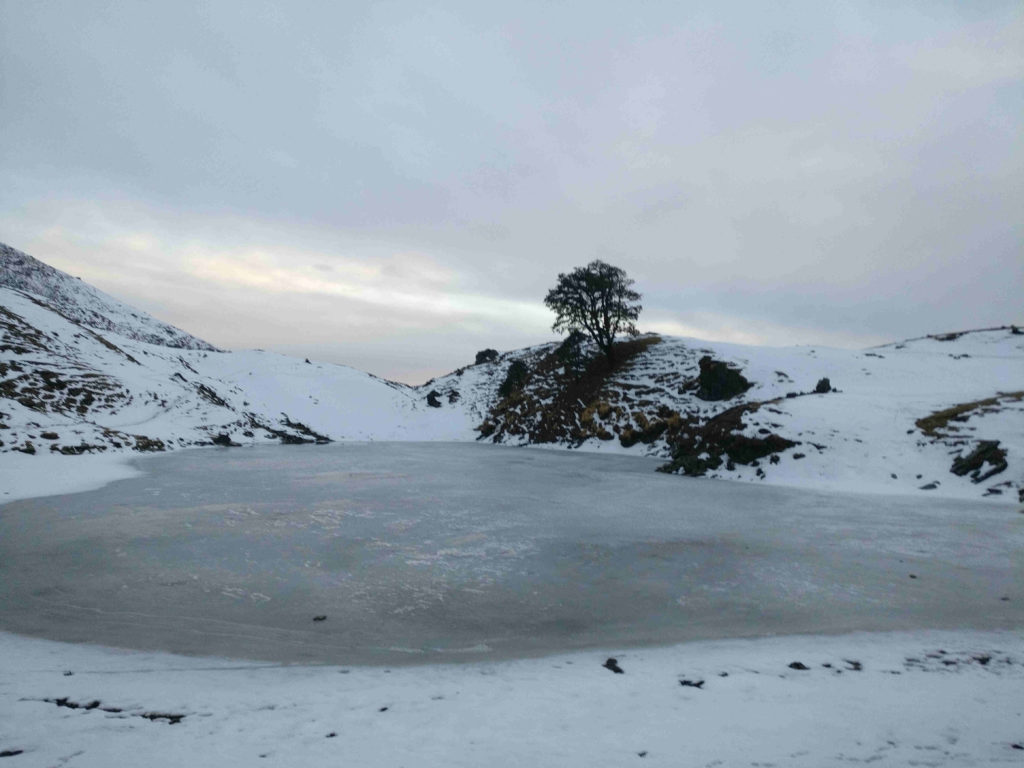
We started early again. Had a good shit (seriously, a challenge in the woods ;P), brushed my teeth and had breakfast. Left for Bramhatal. After an even more exhausting day, we reached Bramhatal. The routine was the same on reaching, juice, lunch, rest, tea and then we set out to explore Bramhatal which was some 15 minutes away from the camp. It was beautiful. The night was similar, with bonfire and good food. The next day was summit day.
Thursday 26th – Summit day
It was the Republic Day. We did our morning rituals and gathered near the India Hikes campers. We hoisted the Tricolor, sang the national anthem and took some photographs. We were some 25-30 people together, and it definitely was the most memorable Republic day mornings ever. We then started the walk to the summit. It was at 12,500 feet, and the thinness of air was evident. It was not the longest walk, but definitely the most tiring. We kept walking and at around 12, we reached the summit. It was the top of a mountain, snow covered, surrounded by grasslands on three sides and Himalayan ranges on the fourth. One can see Mt. Trisul (22,000 feet) and Nanda Gunti (19,000 feet) from the summit. It was a clear day and we made full use of it. We hoisted the tricolor again on the summit and took pictures.
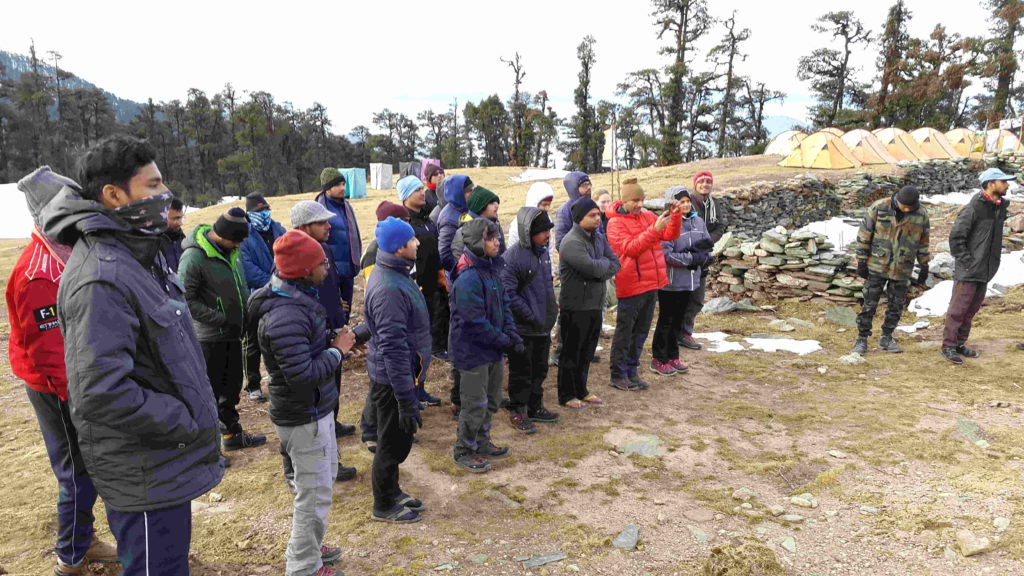
The descend took some two hours, and we reached the camp by 3. The rest of the day was just usual stuff and the next day was back to basecamp, Lohajung. It would have not been any more interesting from here, if it wasn’t for the sudden snowfall that started when we were about to go to bed. The temperature dropped to 2 degrees and we were all dancing, when it began to snow. We ran into our tents and slept, assuming we were covered!
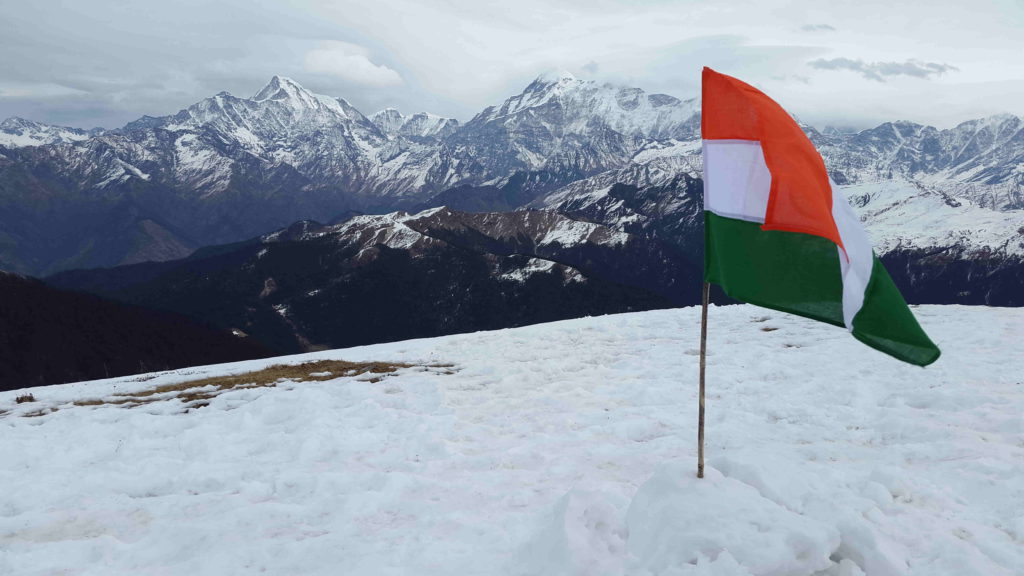
The Tricolor on the summit. Nanda Gunti on the left and Trisul on the right!
Friday 27th – Back to Lohajung
So that night, at around 1.30, the tent broke down. The weight of the snow on top of it was too much for it to handle, and it fell on our faces. The ice cold surface of the tent was touching my forehead and nose, but I only woke up at 5 am. My reflex was to call for help, believing that the tent has got buried under the snow. Thankfully it wasn’t exactly buried, but just broken. We spent the next two hours holding the tent with one hand and trying to sleep. It was terrifying!
Daylight made its way in, and we tried to open the tent to see the situation outside. It was seriously frightening, for the grasslands and plains that we saw a day ago had all vanished and replaced by dead white snow. It was snowing so heavily that it took me an additional 15 minutes to gather courage to move out of the tent to take a dump. That was the most daring shit I had ever taken; a foot of snow, chilly winds and -6 degrees. It was nature at its best and worst, simultaneously.
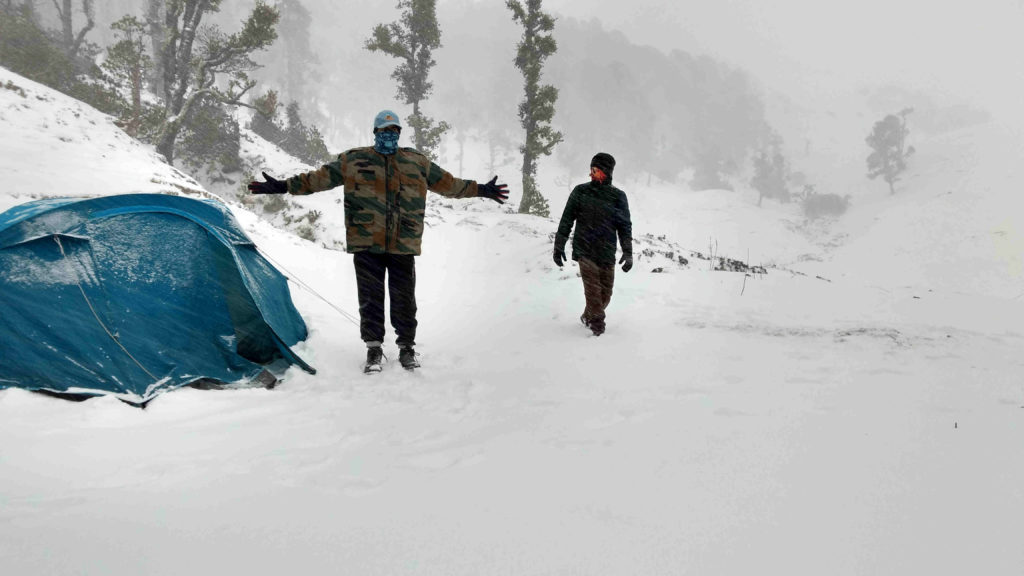

I spoke to our leader and casually told, ‘No way we’re going to descend in this weather, right?’. He said we have to, no options. We cannot survive here. My heart sank. He told us to get ready in 30 minutes and we did. Slowly, gathering courage, we started walking in that foot deep snow, following the footsteps of the person in front. Snow was getting collected on our shoulders and bags and it felt great, but also added weight and had to be shaken off. It was probably the bravest thing I had ever done, walking on the slopes with snow hitting my face on one side but maintaining the balance so that I don’t slip and go sliding all the way down a thousand feet. It was for real.
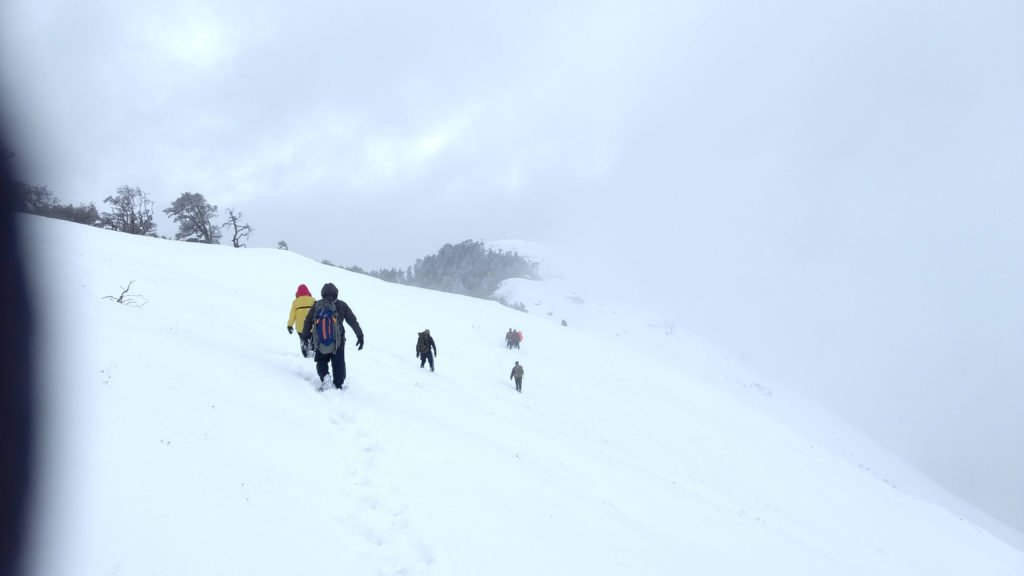
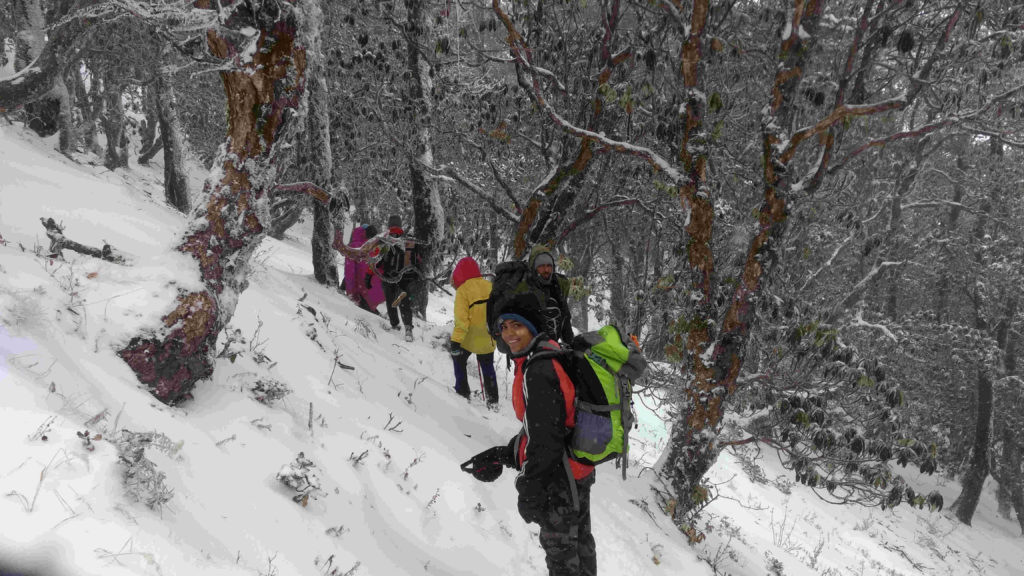
This went on and on for the next 7-8 hours, which were quite easily the toughest 8 hours of my life, slipping and falling multiple times and thinking ‘I don’t want to die here’ to myself. My shoes, socks and pants were all wet, and my hands had become numb due to the snow. Our faces had turned blue. Finally, we reached the base camp at about 4. I took a bath since I was feeling very, very dirty. It was a bad decision, because after that I was shivering so much that my mouth just lost any coordination that was left. It was all kha-kha-kha-khaana ki-ki-kither ha-ha-hai. It was fun. I slept for some time then. I woke up to a great non veg dinner, Gulab Jamuns and more Bournvita.
After dinner, the entire team had a good chat. We were given ‘High Altitude Trekkers’ badge for completing the trek, and ranked amongst ourselves who performed the best on the trek. Then it was story time by Ranjeet dada who shared some of his experiences and the lifestyle of the people in that area. Amazing.
Saturday 28th – Back to Kathgodam
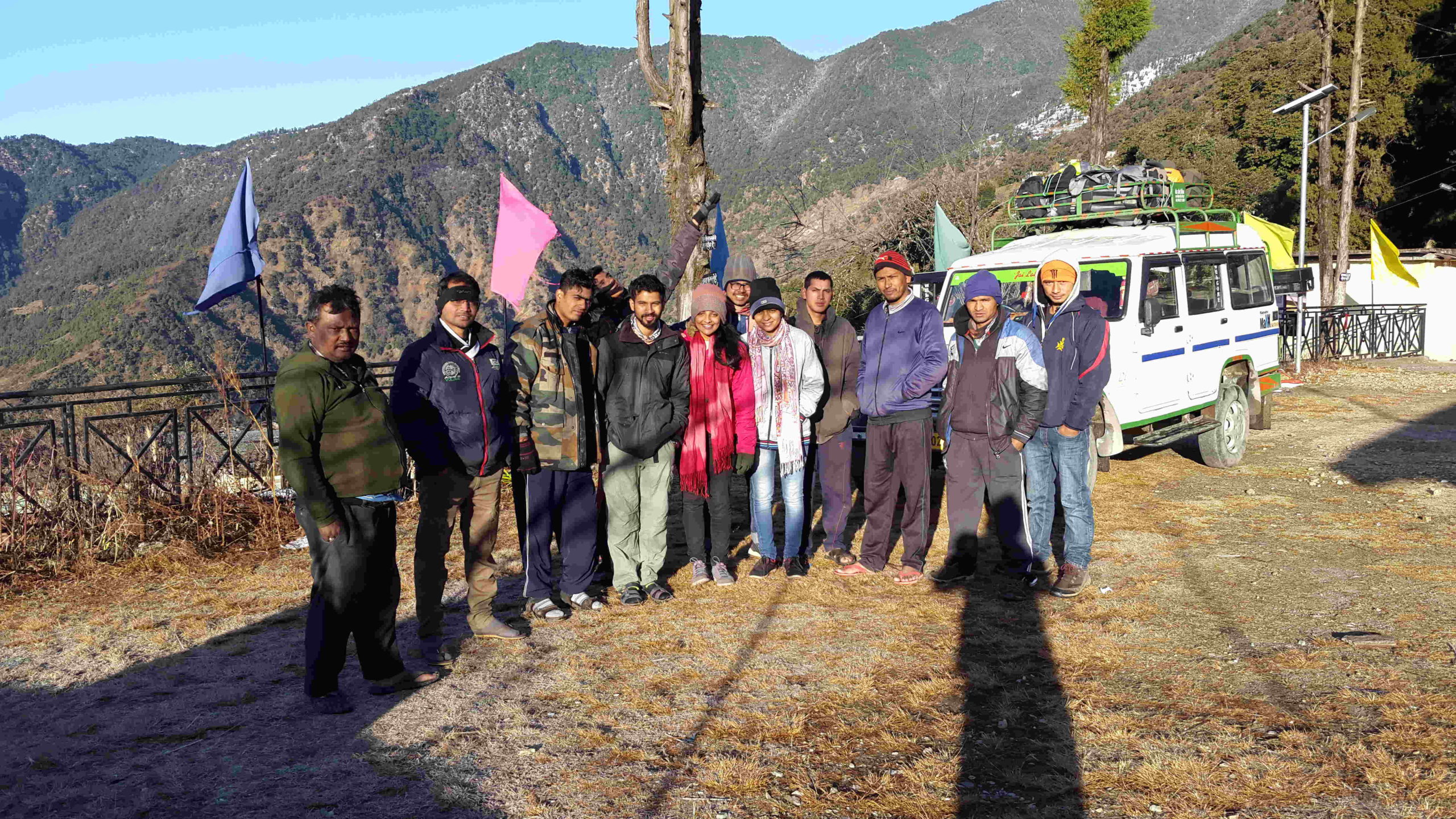
The next morning, we had some Maggie and black tea, took some group pictures with the staff. They packed out bags on the top of a similar jeep and we set out for Kathgodam. It was better this time, since I enjoyed the scenery and didn’t feel nauseated. Just and hour before reaching, we learned that our train got canceled. We took the public transport buses, and started our journey back to Delhi. We reached Delhi at around 2 in the morning.
Sunday 29th – A day in Delhi
Knowing the reputation of Delhi, we decided to spend the night at Hazrat Nizamuddin railway station, so we took a cab from ISBT to Hazrat Nizamuddin and spent some time there, in the waiting room, which was already filled up to the brim. Here we got a chance to freshen up for the upcoming day, so we used it. At around 6 am, we kept our huge backpacks in the cloak rooms, taking the essentials with us, we started our Delhi expedition. We explored a lot of good places that day; Connaught Place, Guru Bangla Sahib, Raj Path, Jan Path, Rapid Metro (Gurgaon), JNU campus (just outside), Hauz Khas village, Chandni Chawk, Red Fort and then back to Hazrat Nizamuddin, in that order. We boarded the Deheradun express that night and reached Mumbai early morning on Tuesday.
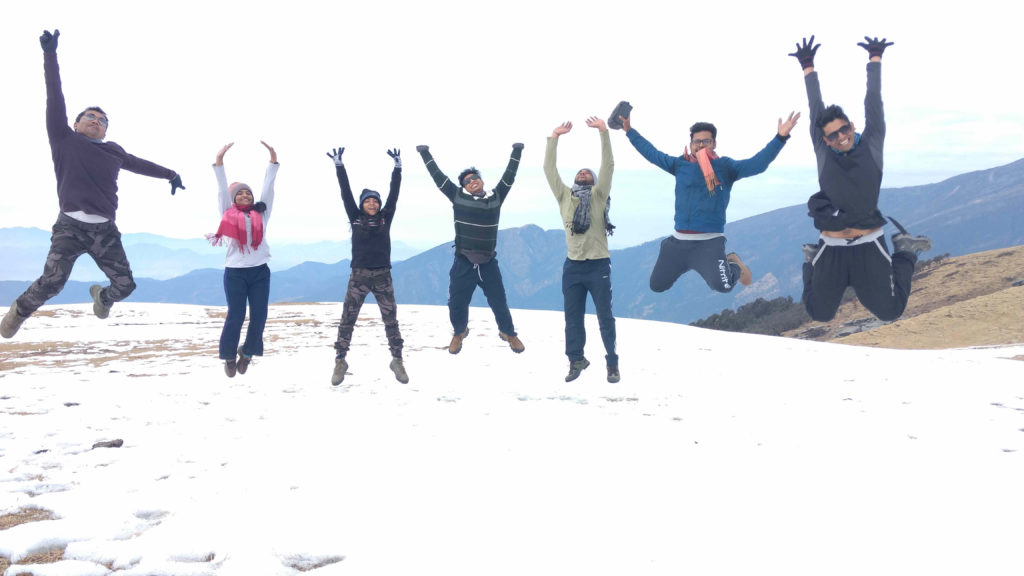
Seriously, what a trip!
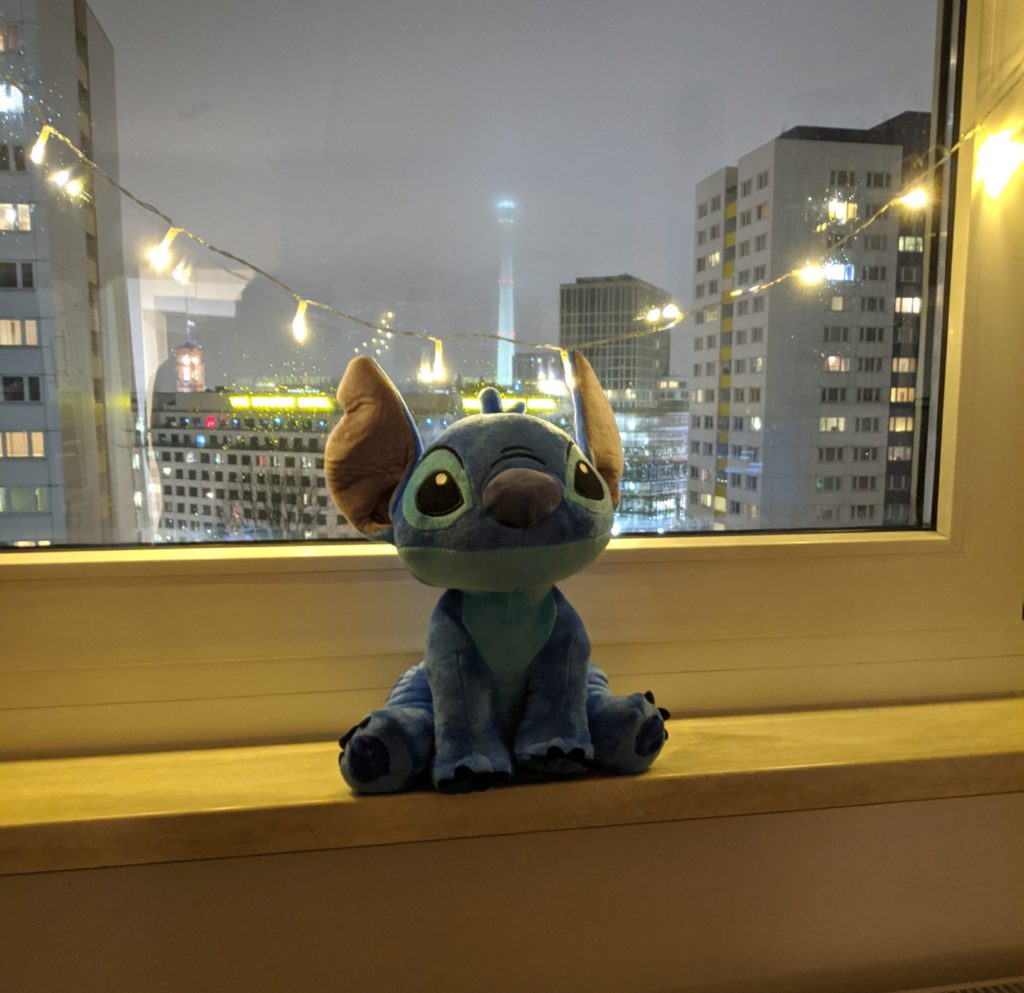

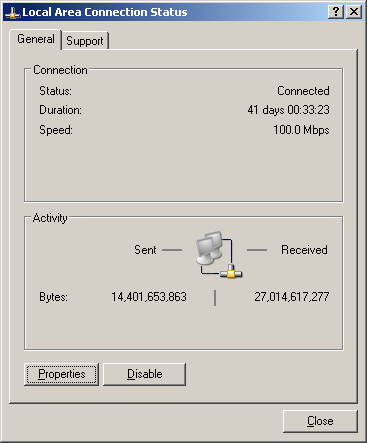

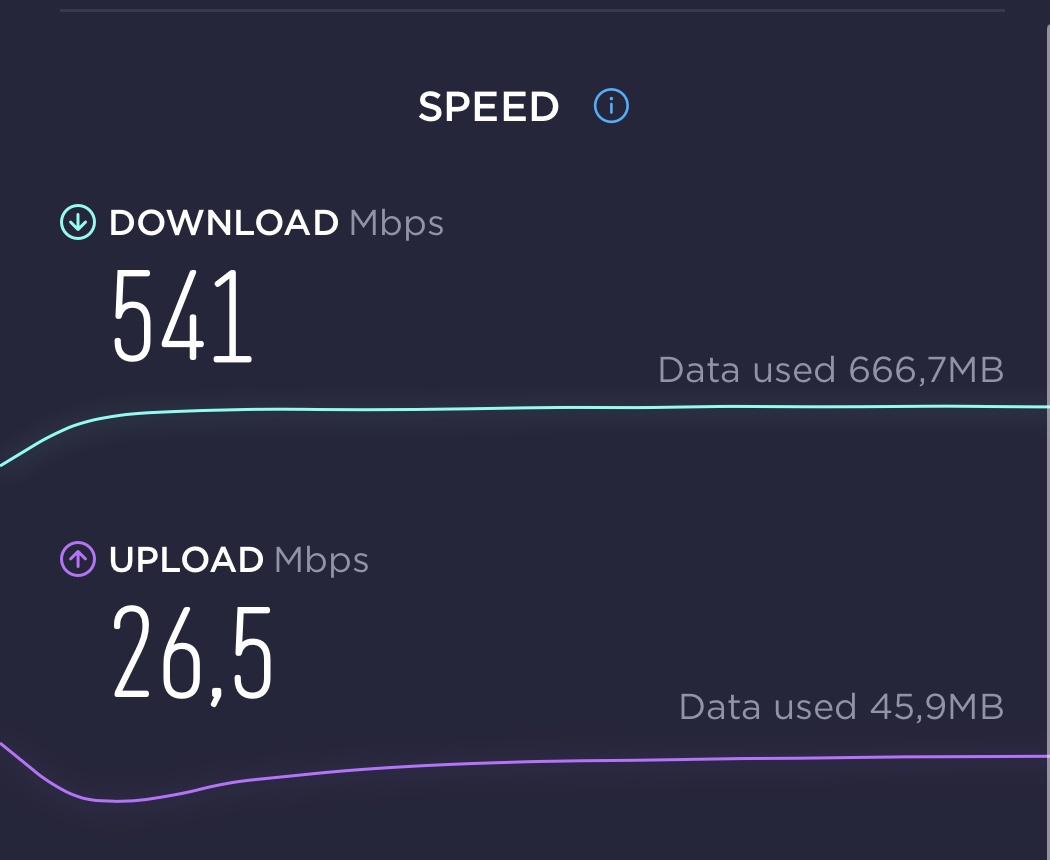

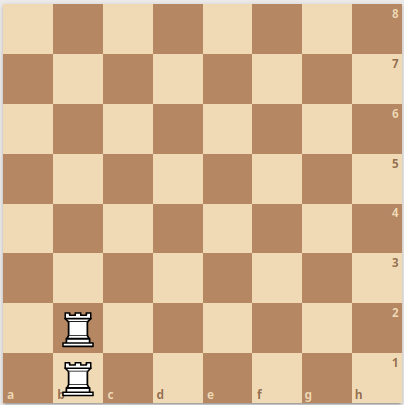
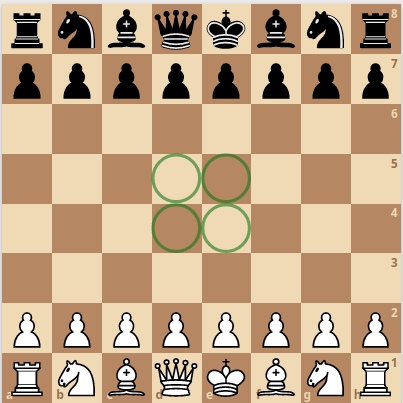
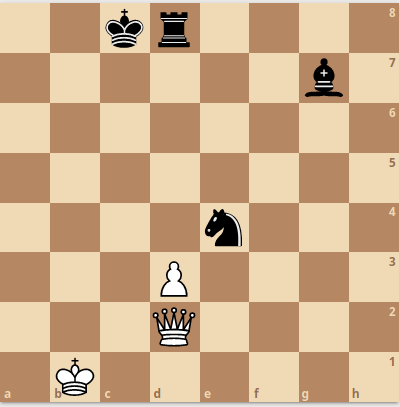
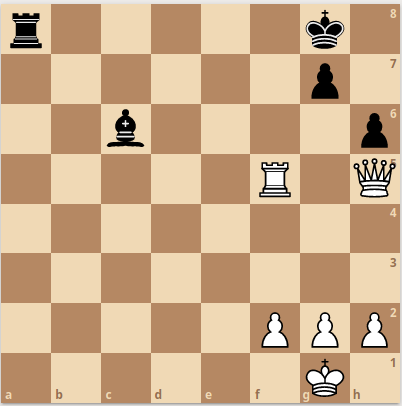

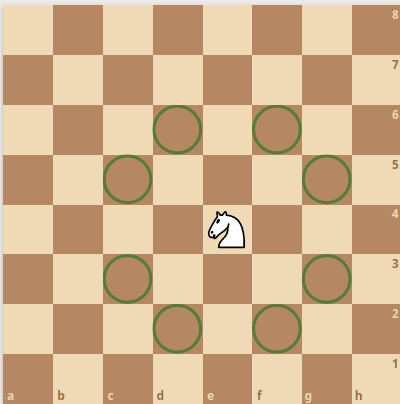

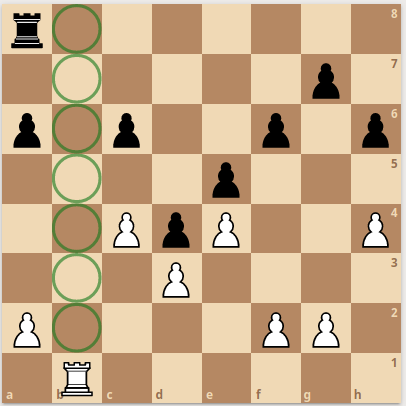
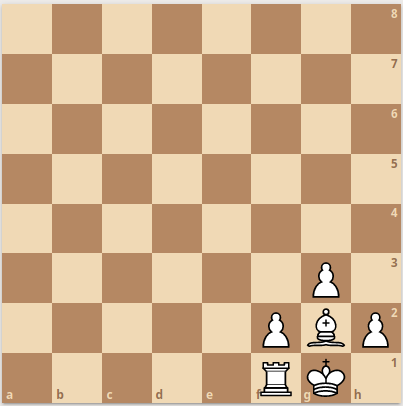
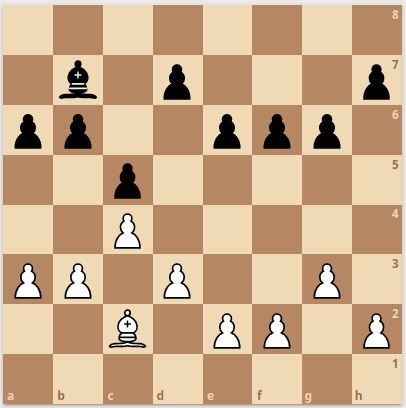
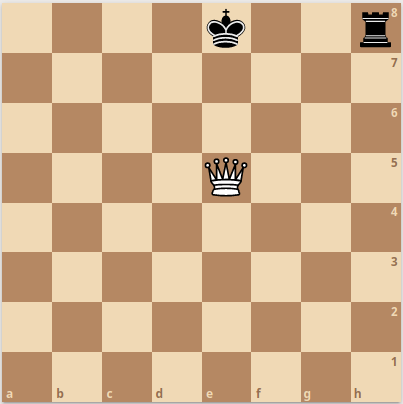
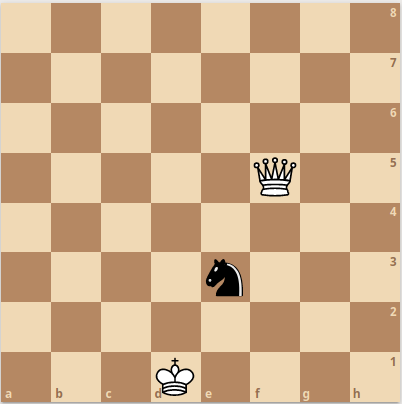

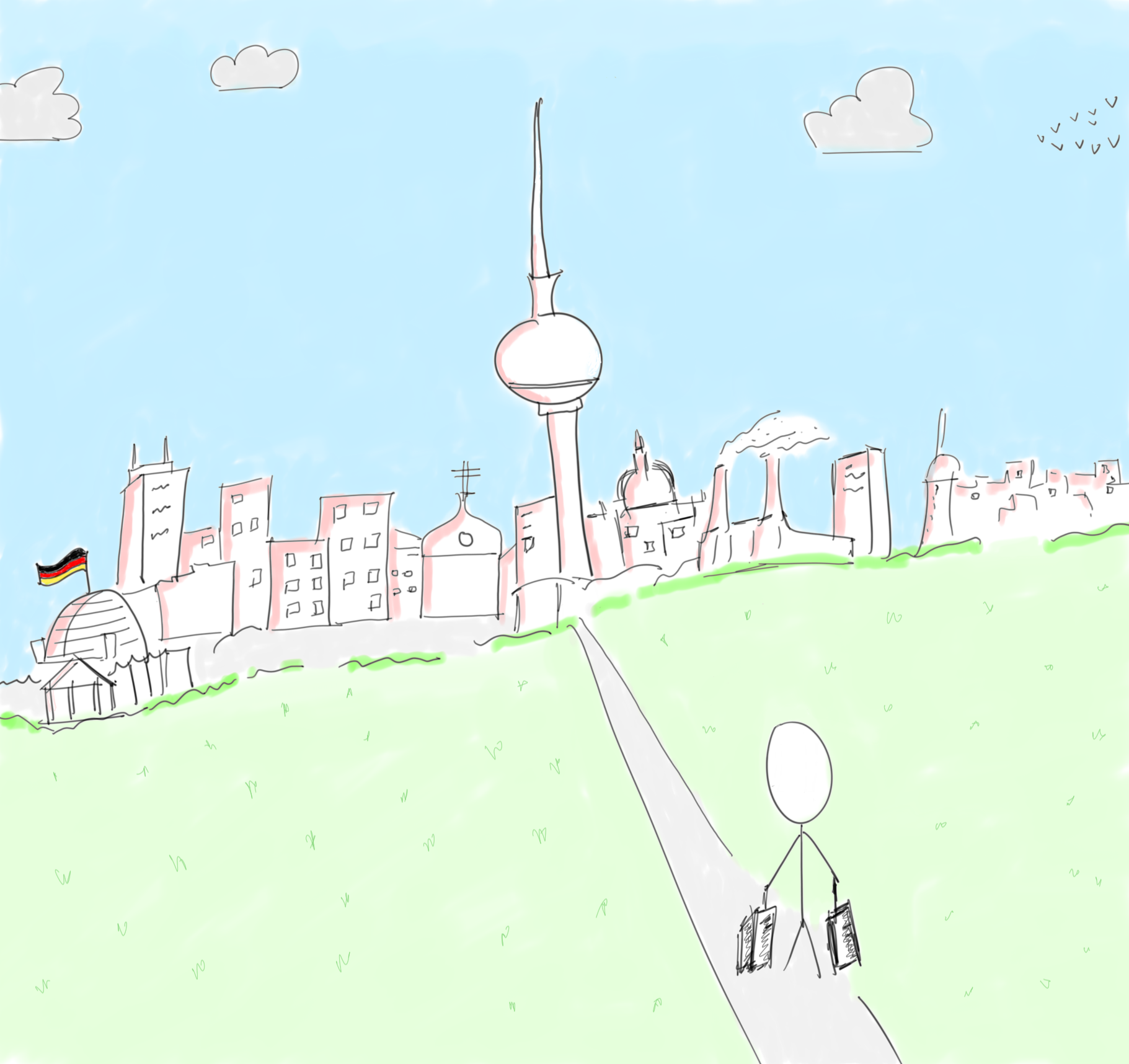
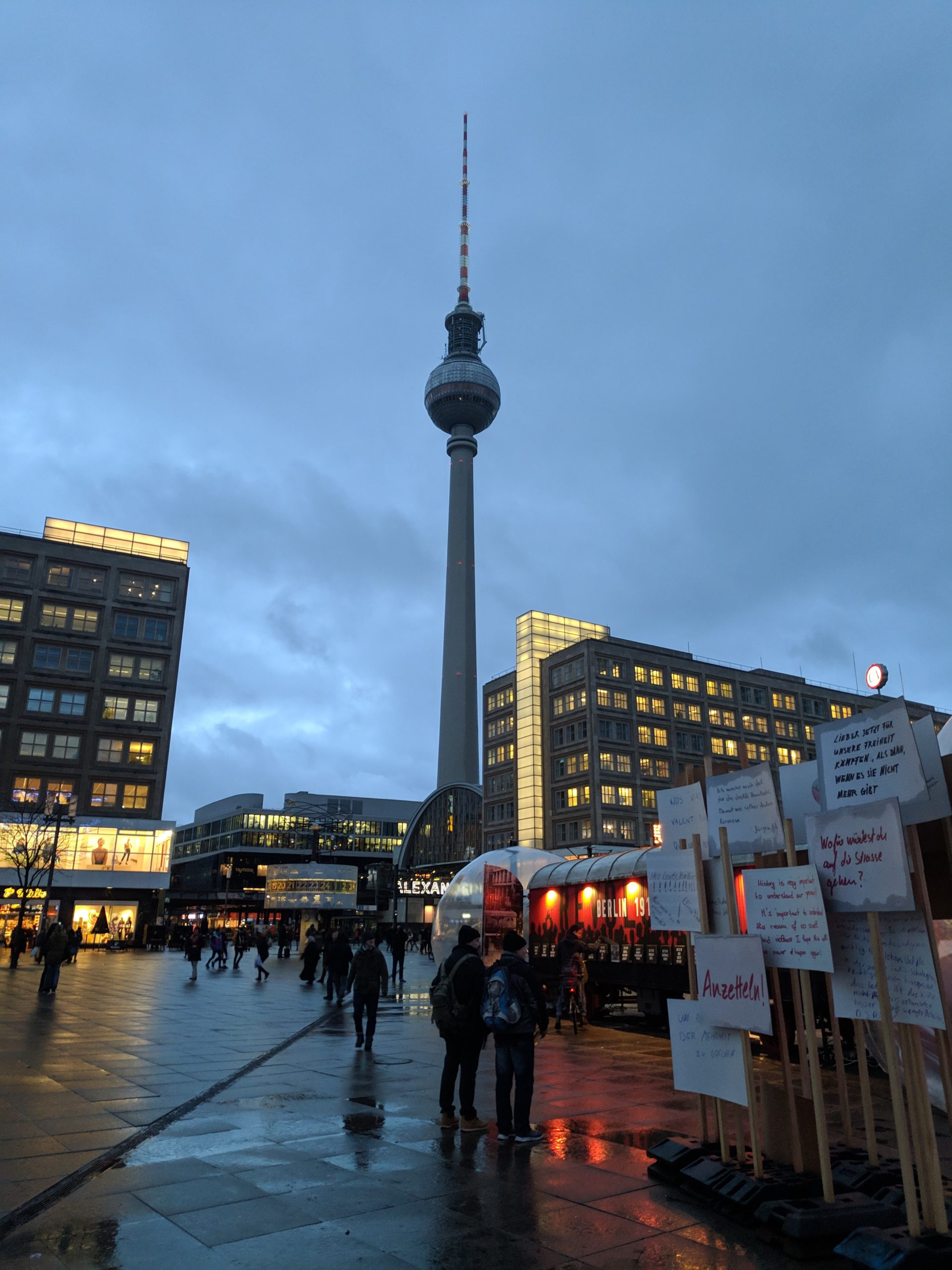
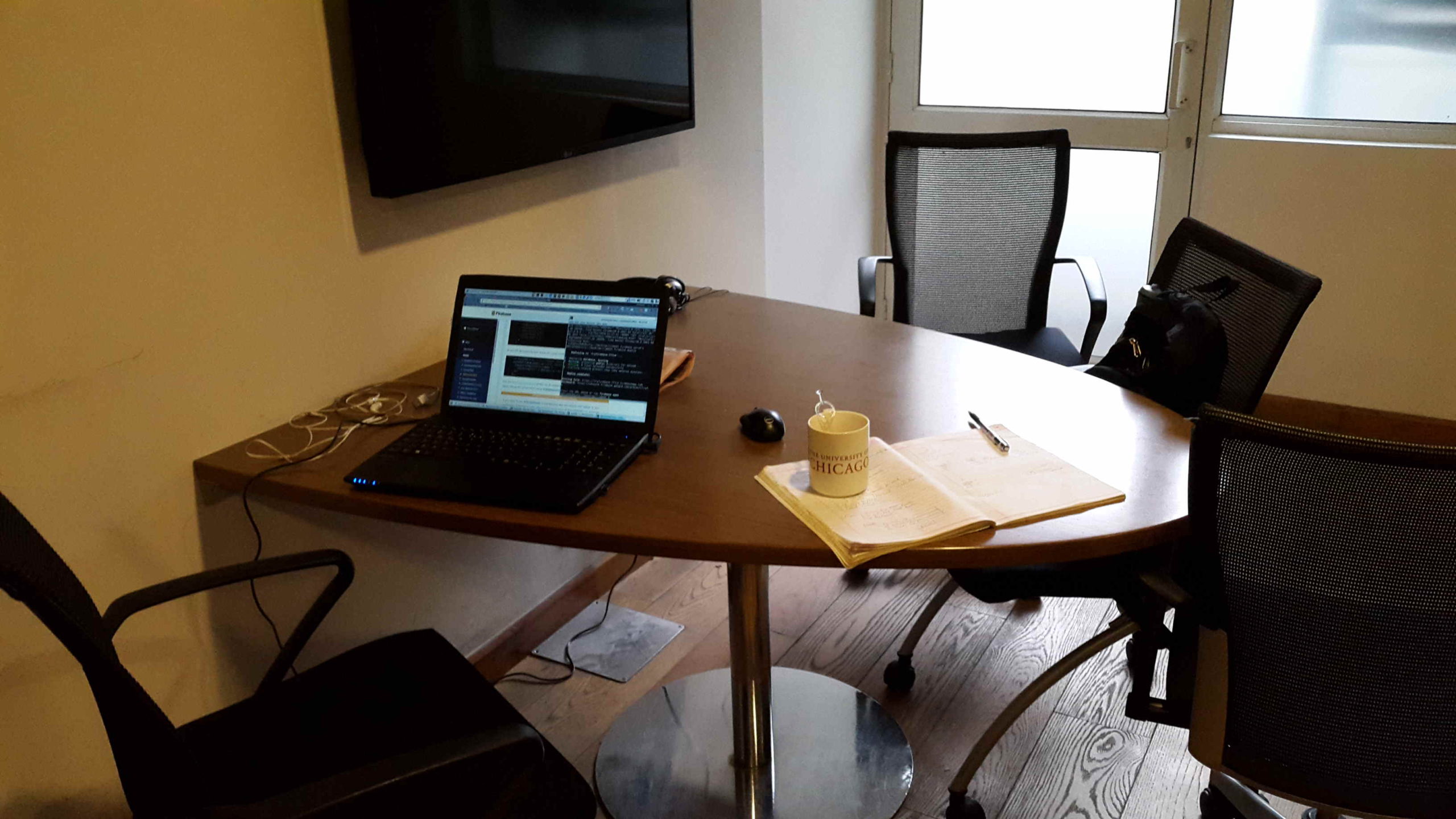
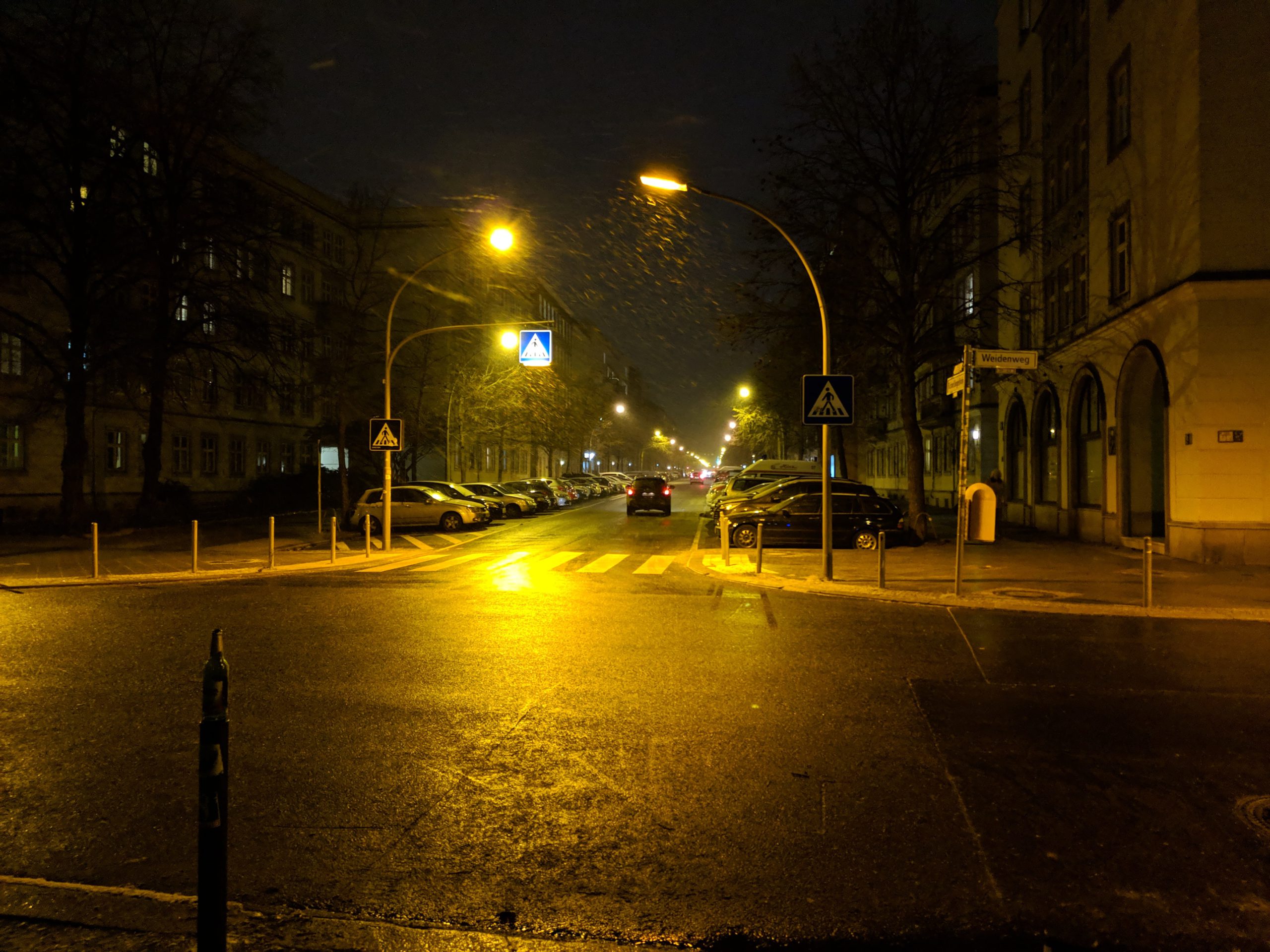














![[ Celebrate 30 years of GNU! ]](https://www.nagekar.com/wp-content/uploads/2020/12/GNU_30th_badge.png)

